Hale O KAHIKO Arts
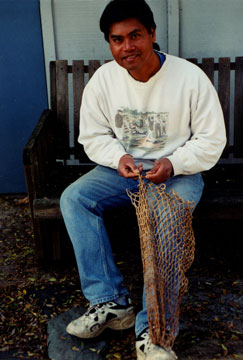
Welcome to the House of KAHIKO Arts. I am Dino Labiste, artist and craftsman for KAHIKO Arts. Each item that you see on this webpage is a one-of-a-kind piece. No two items are alike because each artwork is individually hand crafted. Along with the esthetic design of the indigenous objects, all replicas are also utilitarian. I strive for the integration of function and form. When used, each tool has a story to tell.
If you want to commission a particular item, contact Dino Labiste at KahikoArts@yahoo.com. If you have any questions, send me an e-mail.
For a biography of Dino, access The
PrimitveWays Clan webpage. He is a graduate of California College of the Arts (Oakland, CA). Visit THE
GALLERY and view his artwork and replicas. Access an interview of Dino produced by Lowe + Helzer entitled "Tule Basket Weaving".
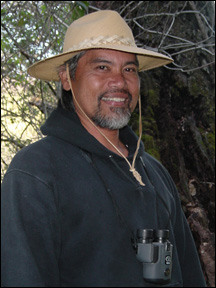 Dino has sold his artwork and replicas to the Oakland Museum (Oakland, CA), Monterey State
Historic Parks (Monterey, CA), Filoli Estates (Woodside, CA),
Chitactac-Adams Heritage County Park (Gilroy, CA), Hayward Area Historical Society (Hayward, CA), University of California Botanical Garden (Berkeley, CA), City of Mountain View (Mountain View, CA) and private individuals throughout the United States. Design Craftsmen, an exhibit producer from Michigan, purchased a full-sized tule boat. A Schoningen spear and 2 Neanderthal spears were replicated for Shining Red Productions for a PBS 3-part NOVA series entitled "Becoming Human". Basic primordial tools, crude food bowls and other movie props were created for Fox Louisiana Productions for a feature film called "Dawn of the Planet of the Apes". Dino constructed tule mats for the de Saissat Museum at Santa Clara University.. He also
has a stone tool displayed at the Maidu Museum (Roseville, CA).
Dino has sold his artwork and replicas to the Oakland Museum (Oakland, CA), Monterey State
Historic Parks (Monterey, CA), Filoli Estates (Woodside, CA),
Chitactac-Adams Heritage County Park (Gilroy, CA), Hayward Area Historical Society (Hayward, CA), University of California Botanical Garden (Berkeley, CA), City of Mountain View (Mountain View, CA) and private individuals throughout the United States. Design Craftsmen, an exhibit producer from Michigan, purchased a full-sized tule boat. A Schoningen spear and 2 Neanderthal spears were replicated for Shining Red Productions for a PBS 3-part NOVA series entitled "Becoming Human". Basic primordial tools, crude food bowls and other movie props were created for Fox Louisiana Productions for a feature film called "Dawn of the Planet of the Apes". Dino constructed tule mats for the de Saissat Museum at Santa Clara University.. He also
has a stone tool displayed at the Maidu Museum (Roseville, CA).
All indigenous objects of the past served a practical or symbolic
function. Adornment, added to objects of practical use, related
to spiritual knowledge in aiding the power (mana, tipni, inua, qi, orenda, maban, wakanda, kami, teotl, prana or manitou) of the object
and so improving its efficiency. All man-made things had a spirit
life and were not regarded by indigenous cultures as inanimate
"dead" objects, as western society now regard a bowl
or a basket. Indigenous objects had meanings in the minds of their users as well as functions in their hands. The
symbolic or spiritual functions of the decorations made the objects
and symbols more than things of art.
"The soul of the craftsman goes into the final product. Our
hands breathe spirit into something we make. We give it life."

Samples of Artwork and Replicas
(Visit The Gallery to view other works by Dino)
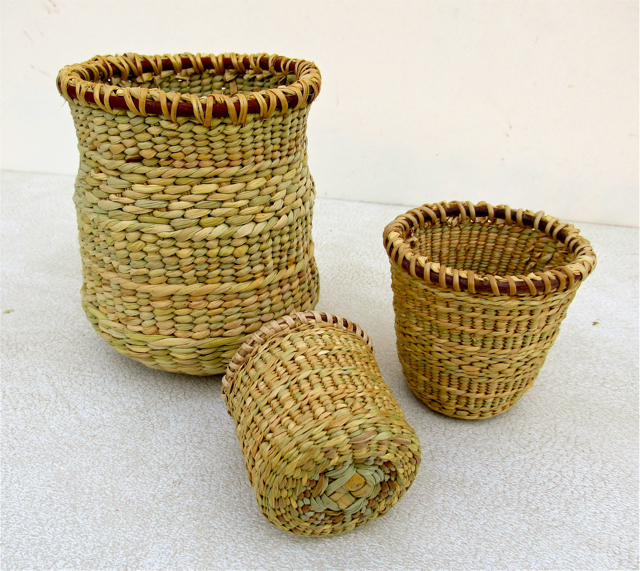
Rush and Sedge Baskets
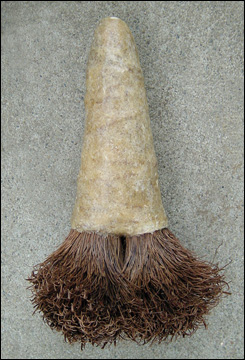
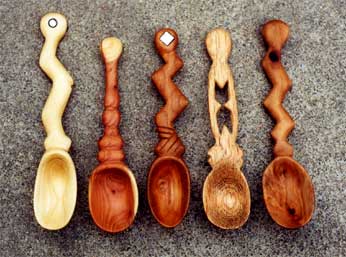
Wooden Spoons
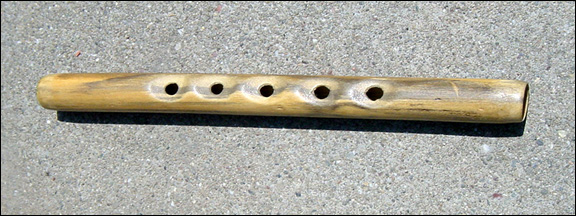
Elderberry Flute
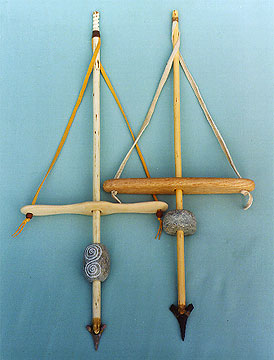
Pump Drills
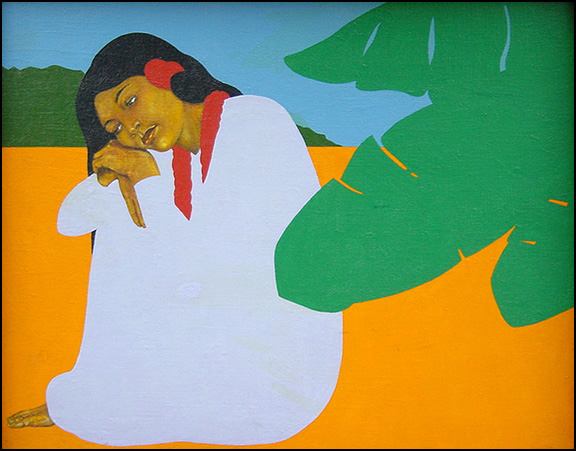
Acrylic Painting
© KAHIKO Arts 2020
No part, content, graphic or photo from this
webpage may be copied, transferred or reproduced without express written permission
from KAHIKO
Arts.
Contact Dino Labiste at KahikoArts@yahoo.com.